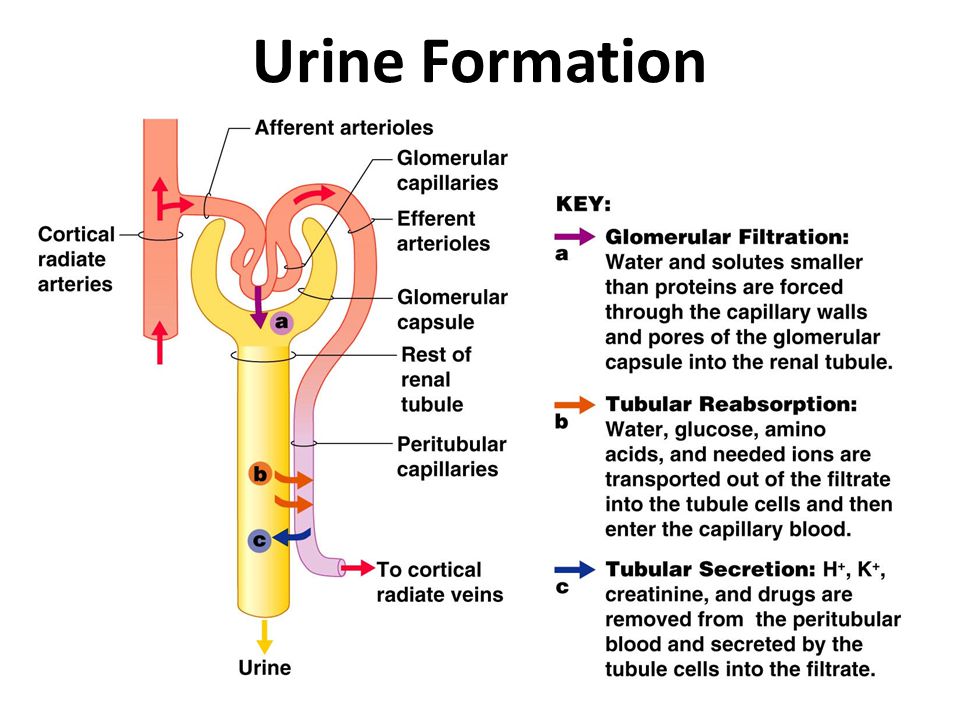Describe the Three Steps of Urine Formation
In case you find it difficult to explain PTE Describe Image remember these Describe Image Tips and Tricks from our experts. Many pharmaceutical drugs are protein-bound molecules thatDiagram showing the basic physiologic mechanisms of the kidney and the three steps involved in urine formation.
The Four Types of Tissues.

. Are easily secreted which is why urine testing can detect the exposure to many types of drugs. Antidiuretic hormone ADH. The conversion of provitamin A carotenoids into vitamin A is slow and regulated.
Three key features 3. Excess carotenoids are rapidly excreted via urine. Amely filtration reabsorption secretion and excretion.
Mycolic acid and other lipid constituent of the mycobacteria cell wall confers a characteristic cheese-like appearance on the tubercle of tuberculosis hence the descriptive term. Epithelial tissue also referred to as epithelium refers to the sheets of cells that cover exterior surfaces of the body lines internal cavities and passageways and forms certain glands. Our method is to use this framework.
1 that are found free or attached to the renal papillaeBy contrast diffuse renal parenchymal calcification is called nephrocalcinosis 1Stones that develop in the urinary tract known as nephrolithiasis or urolithiasis form when the urine becomes excessively supersaturated with. Kidney stones calculi are mineral concretions in the renal calyces and pelvis FIG. The three cardinal signs of diabetes mellitus would include excesses in all of the following EXCEPT _____.
The efficiency of carotenoid absorption from the small intestine declines as intake increases. Teachers of undergraduate physiology courses may routinely assign students the following question. This sets off several steps which lead to recruitment of more macrophages and inflammatory cells and production of cytokines and slow degradation of the mycobacteria.
The diagram shows the steps in the homeostasis pathway that occur when blood glucose levels fall. User Guide Step by Step Solution. Connective tissue as its name implies binds the cells and organs of the body together and functions in the protection support and integration of all parts of the body.
Be able to describe in detail the steps in the entire mammalian gastrointestinal GI tract for digestion and absorption of ONE of the three nutrient groups In other words tell how carbohydrates proteins OR fats are broken down in which organs and by. We are sharing top 50 PTE Describe Image 2020 2019 and 2018 questions with answers. Shown by letter D by the posterior pituitary inhibits or prevents urine formation.

Physiology Of Urine Formation Online Biology Notes

Comments
Post a Comment